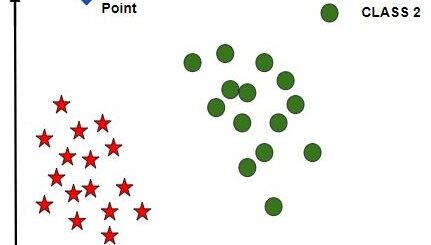Sample Size 30 Is it good enough?
Sample Size 30 Is it good enough, One of the most important factors affecting the study’s scientific output is determining the sample size in scientific investigations.
The study design and hypothesis are significantly impacted by the sample size, and it is difficult to determine the appropriate sample size in a way that yields reliable results.
Using a statistically erroneous sample size can cause time loss, expense, and ethical issues in addition to producing insufficient data in clinical and laboratory investigations.
This review has one primary objective. The goal is to clarify the significance of sample size and how it relates to statistical significance, effect size (ES), and other factors.
Apply Central Limit Theorem in R » Data Science Tutorials
Relationship among sample size, power, P value, and effect size
Alpha:-
The most popular α level selection is 0.05, which indicates that the researcher is prepared to assume a 5% probability that a result that supports the hypothesis would not hold over the entire population.
Other alpha levels, however, might also be suitable in specific situations. A common setting for α in pilot research is 0.10 or 0.20.
The alpha may be set significantly lower in studies where it is very crucial to prevent concluding that treatment is successful when it is not; it may be set at 0.001 or even lower.
p-value:-
“The p-value” is another, that is probability value. The obtained statistical likelihood of wrongly adopting the alternative hypothesis is what is known as the p-value.
When a result is deemed “statistically significant,” it means that there is a strong likelihood that the findings from the sample will also hold true for the entire population.
This is determined by comparing the p-value to the alpha value. H1 is accepted if the P value is equal to or less than alpha. If it exceeds alpha, H0 is accepted and H1 is rejected.
Errors:-
There are two kinds of errors: Type I errors, which occur when an H1 is accepted while it is untrue in the population, and false positives.
The chance of a Type I error is defined by the alpha. Type I errors can arise from a variety of sources, including inadequate sampling that yields an experimental sample that is significantly different from the population and other errors that occur during the design phase or during the execution of research protocols.
Making a mistake in the opposite direction is also conceivable; that is, rejecting H1 mistakenly and accepting H0 improperly. This is referred to as a false negative, or Type II mistake. The chance of a Type II error is defined by the β.
Power, commonly known as “1 – Type II error probability,” is the likelihood of rejecting a false null hypothesis and is computed as 1-β.
To achieve a Type I error as low as 0.05 or 0.01 and a power as high as 0.8 or 0.9, a sufficient sample size must be maintained.
Nevertheless, one cannot instantly draw the conclusion that a study is completely useless when the power number is less than 0.8.
While it is recommended that the sample size be increased in order to reduce Type II errors, doing so will raise project costs and cause the research activities to take longer than anticipated to complete.
As a result, figuring out the appropriate sample size is essential to enabling a productive study with high significance and maximizing the impact of the result.
Calculation of the sample size
One of the most popular nomograms for estimating sample size using effect size and power is shown in the figure.

The sample size in the aforementioned example is determined to be 30 for effect size = 1, power = 0.8, and alpha value = 0.05. For more information, you can refer to NCBI articles.
Sample Size Calculation and Power Clinical Trials » finnstats





